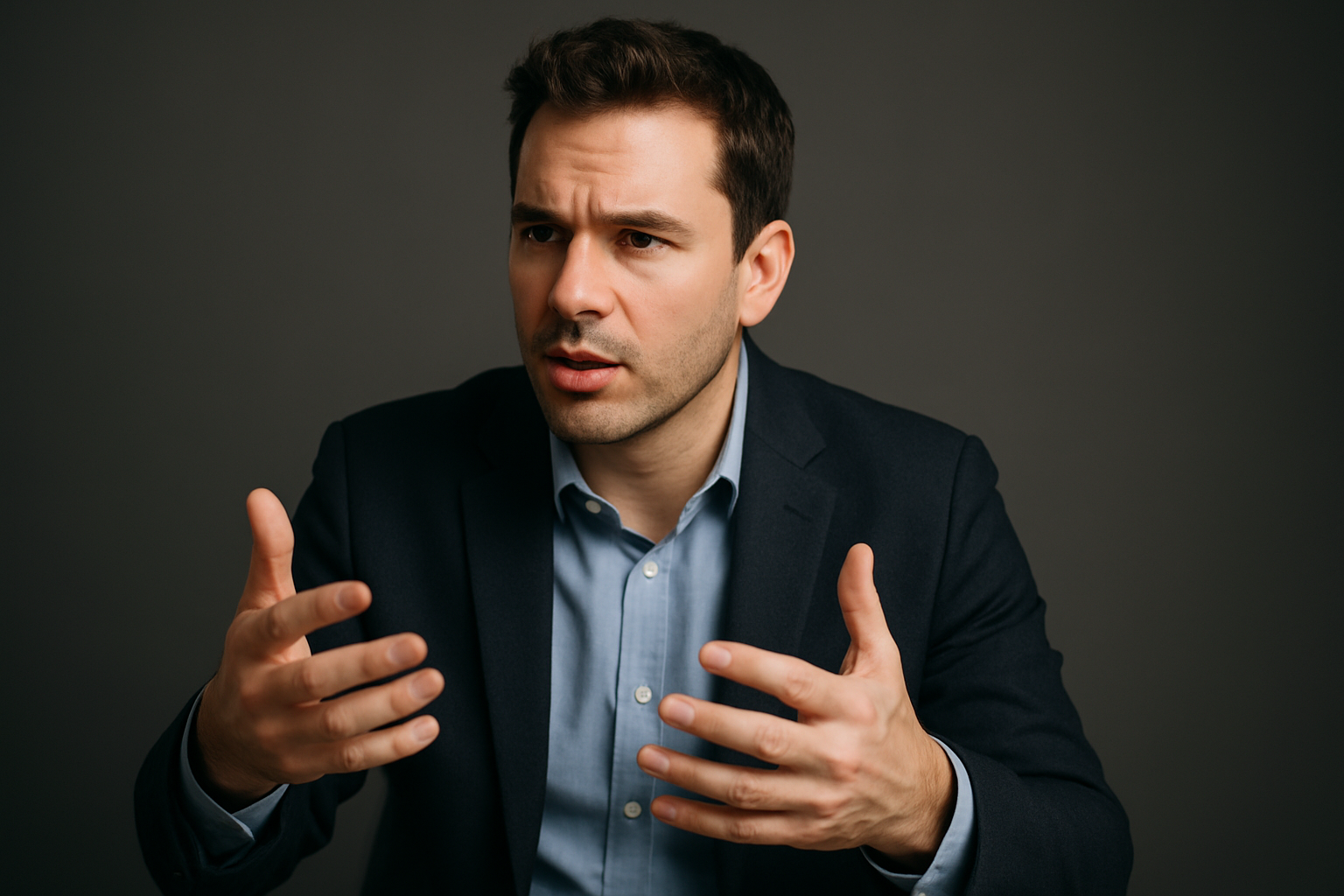How to Master Verbal Self-Defense and Set Unbreakable Boundaries
The Role of Non-Verbal Communication

Non-verbal communication plays a significant role in verbal self-defense and boundary setting. Body language, facial expressions, and tone of voice can convey confidence and assertiveness, reinforcing your verbal messages. For instance, maintaining an open posture, making appropriate eye contact, and using a calm, steady voice can enhance your credibility and influence. Being aware of your own non-verbal cues, as well as those of others, allows you to adjust your approach and respond more effectively. By mastering non-verbal communication, you can project strength and authority, making it clear that your boundaries are not to be crossed.
Building a Support Network

Having a strong support network is invaluable in mastering verbal self-defense. Friends, family, and colleagues can provide encouragement, advice, and perspective, helping you navigate difficult situations. They can also offer a safe space to practice assertive communication and receive constructive feedback. Building a support network involves cultivating relationships based on trust, respect, and mutual understanding. By surrounding yourself with people who respect your boundaries and support your growth, you reinforce your ability to stand firm in the face of challenges. This network acts as a buffer against negativity and a source of strength in maintaining your boundaries.
